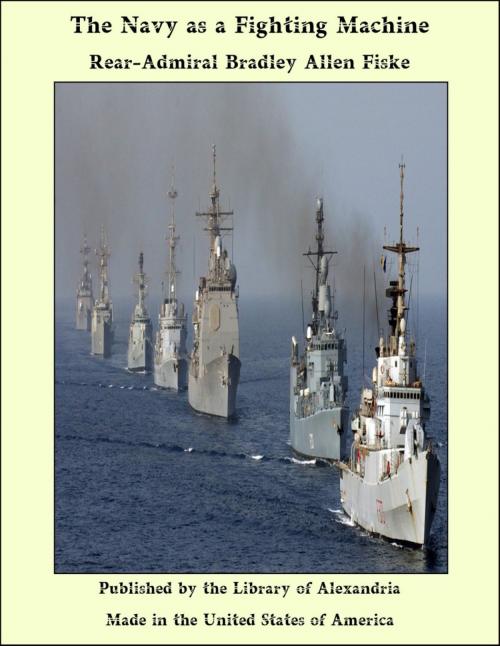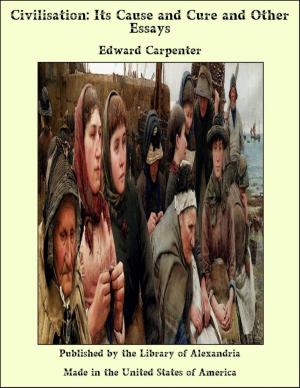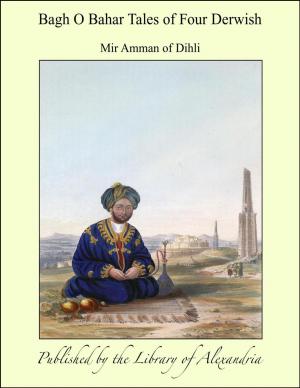The Navy as a Fighting Machine
Nonfiction, Religion & Spirituality, New Age, History, Fiction & Literature| Author: | Rear-Admiral Bradley Allen Fiske | ISBN: | 9781465588494 |
| Publisher: | Library of Alexandria | Publication: | March 8, 2015 |
| Imprint: | Language: | English |
| Author: | Rear-Admiral Bradley Allen Fiske |
| ISBN: | 9781465588494 |
| Publisher: | Library of Alexandria |
| Publication: | March 8, 2015 |
| Imprint: | |
| Language: | English |
What is the navy for? Of what parts should it be composed? What principles should be followed in designing, preparing, and operating it in order to get the maximum return for the money expended? To answer these questions clearly and without technical language is the object of the book. Because the question is widely discussed, whether peace throughout the world may be attained by the friendly co-operation of many nations, and because a nation's attitude toward this question may determine its future prosperity or ruin, it may be well to note what has been the trend of the nations hitherto, and whether any forces exist that may reasonably be expected to change that trend. We may then be able to induce from facts the law which that trend obeys, and make a reasonable deduction as to whether or not the world is moving toward peace. If we do this we shall follow the inductive method of modern science, and avoid the error (with its perilous results) of first assuming the law and then deducing conclusions from it. Men have always been divided into organizations, the first organization being the family. As time went on families were formed into tribes, for self-protection. The underlying cause for the organization was always a desire for strength; sometimes for defense, sometimes for offense, usually for both. At times tribes joined in alliance with other tribes to attain a common end, the alliance being brought about by peaceful agreement, and usually ceasing after the end had been attained, or missed, or when tribal jealousies forbade further common effort. Sometimes tribes joined to form one larger tribe; the union being either forced on a weaker by a stronger tribe, or caused by a desire to secure a strength greater and more lasting than mere alliance can insure.
What is the navy for? Of what parts should it be composed? What principles should be followed in designing, preparing, and operating it in order to get the maximum return for the money expended? To answer these questions clearly and without technical language is the object of the book. Because the question is widely discussed, whether peace throughout the world may be attained by the friendly co-operation of many nations, and because a nation's attitude toward this question may determine its future prosperity or ruin, it may be well to note what has been the trend of the nations hitherto, and whether any forces exist that may reasonably be expected to change that trend. We may then be able to induce from facts the law which that trend obeys, and make a reasonable deduction as to whether or not the world is moving toward peace. If we do this we shall follow the inductive method of modern science, and avoid the error (with its perilous results) of first assuming the law and then deducing conclusions from it. Men have always been divided into organizations, the first organization being the family. As time went on families were formed into tribes, for self-protection. The underlying cause for the organization was always a desire for strength; sometimes for defense, sometimes for offense, usually for both. At times tribes joined in alliance with other tribes to attain a common end, the alliance being brought about by peaceful agreement, and usually ceasing after the end had been attained, or missed, or when tribal jealousies forbade further common effort. Sometimes tribes joined to form one larger tribe; the union being either forced on a weaker by a stronger tribe, or caused by a desire to secure a strength greater and more lasting than mere alliance can insure.















